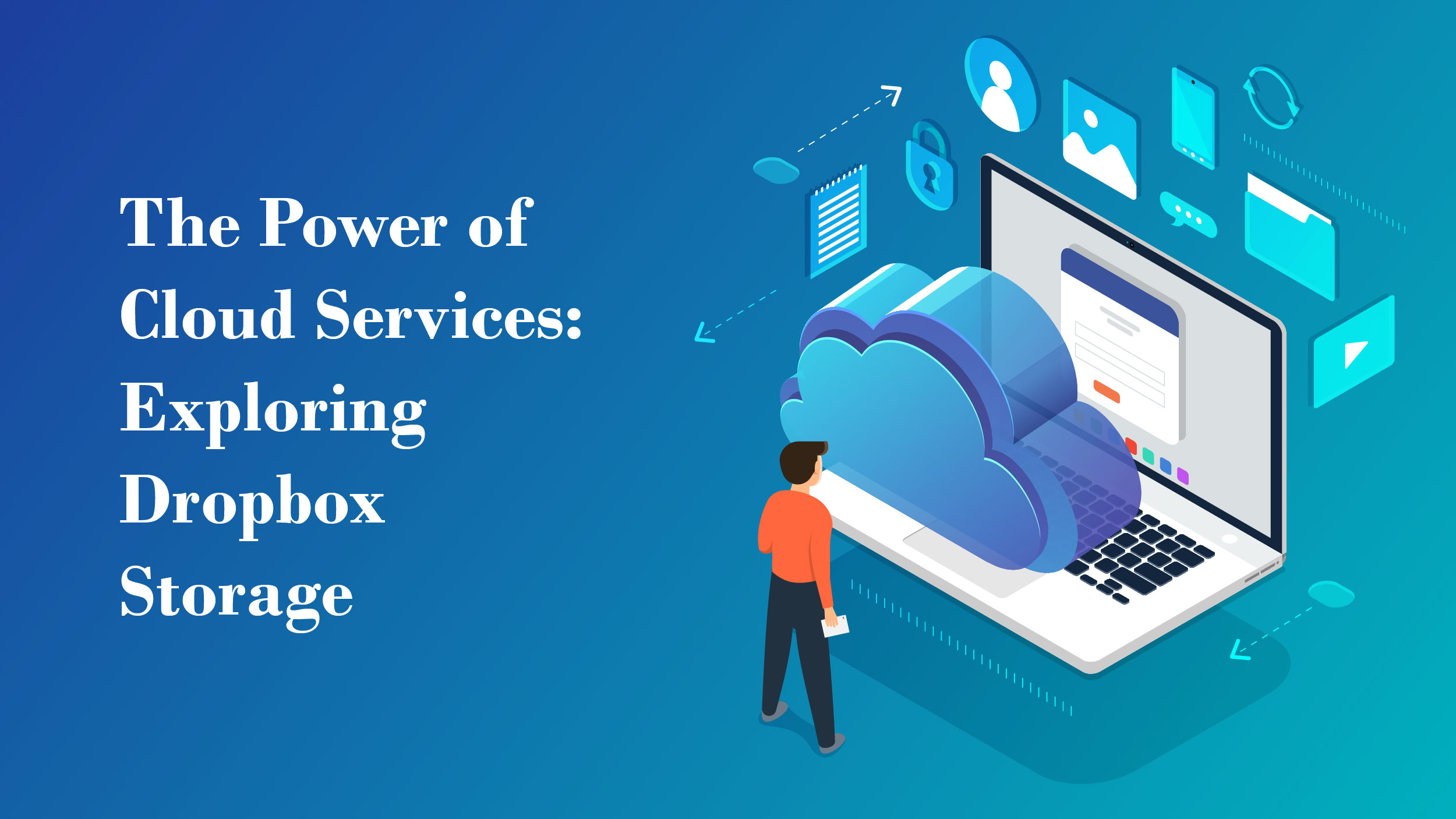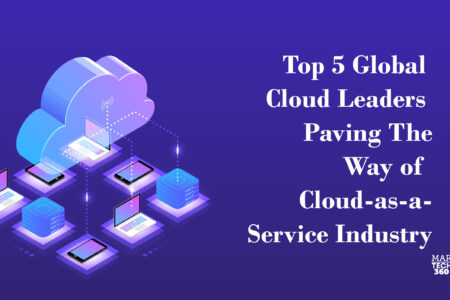In today’s rapidly evolving digital landscape, businesses are seeking dynamic and scalable solutions to manage their IT infrastructure. Cloud-as-a-service (CaaS) has emerged as a transformative paradigm, offering unparalleled flexibility, cost efficiency, and innovative capabilities.
As we move forward in this blog, we will delve into the world of cloud-as-a-service, exploring its various facets and shedding light on major companies offering this service in 2023.
What is Cloud-as-a-Service?
Cloud-as-a-service, often abbreviated as CaaS, fundamentally transforms the way businesses access and utilize cloud computing services. It operates on a subscription-based model, allowing organizations to consume cloud resources and services on a pay-per-use basis. This means companies can leverage cloud infrastructure-as-a-service (IaaS), software-as-a-service (SaaS), and platform-as-a-service (PaaS) with remarkable ease and flexibility.
Unpacking Cloud Infrastructure-as-a-Service (IaaS)
One of the fundamental components of cloud-as-a-service is cloud infrastructure as a service (IaaS). This facet enables businesses to rent virtualized computing resources over the Internet. For example, Google Cloud Infrastructure as a Service offers a comprehensive suite of tools and services, allowing organizations to build, deploy, and manage applications with unmatched efficiency.
Optimizing Efficiency with Infrastructure-as-a-Service Cloud Computing
Infrastructure-as-a-service (IaaS) within the cloud-as-a-service framework empowers businesses to scale their computing resources seamlessly. Whether it’s processing power, storage, or networking capabilities, IaaS provides the building blocks for creating robust and scalable IT environments.
The Power of Cloud Services: Exploring Dropbox Storage

Global Cloud Giants: The Top 5 Shaping Cloud-as-a-Service in 2023
The cloud providers listed below drive innovation for some of the world’s most forward-thinking companies, particularly those with operations hosted in the cloud.
Also Read: Top 14 Content Syndication Tools to Maximize Your Reach and Engagement
1. Amazon Web Services
Amazon Web Services (AWS) is frequently cited as the market leader in cloud computing. They have a wide range of services, and businesses of all sizes use AWS for their environments. It’s launching new services at breakneck speed and developing its own compute stack, which aims to be more efficient and pass those savings on to customers. Their support team is helpful and skilled, offering suggestions to improve the functionality of their customers’ cloud environments.
2. Microsoft Azure
Microsoft Azure is a close second to Amazon Web Services. Despite being late to the industry, they quickly rose through the ranks by migrating their on-premises software (Microsoft Office, Sharepoint, and so on) to the cloud. Because of the software’s existing popularity, many organizations saw it as a no-brainer to migrate it to their cloud. While there could be a slight learning curve at times, it’s one of the easier clouds to set up and manage once it’s in place. The COVID-19 pandemic fueled Microsoft’s cloud business, as a slew of businesses utilized Microsoft Teams for remote work.
3. Oracle Cloud
Oracle Cloud is a good fit for organizations that already use Oracle products or don’t have a lot of coding skills. Many organizations like the user interface and how simple it is to get the platform to behave the way they want it to. Unfortunately, the Oracle platform has not been as thoroughly optimized as some of the others on the list, and it may not be as competitive in terms of pricing. When it comes to cloud computing, Oracle is primarily a software provider. With the addition of NetSuite, the company can now serve small, medium, and large businesses.
4. Google Cloud Platform
Google Cloud Platform is an excellent choice for organizations that use containers because it created the Kubernetes standard, which is now used by other providers. Google Cloud Platform and its Anthos platform are attempting to gain a foothold in digital transformation budgets. Meanwhile, the provider is planning to expand in key verticals such as retail and finance. Its users generally give it high ratings for customer service. Google Cloud Infrastructure as a Service (IaaS) offers businesses a flexible and scalable platform to rent virtualized computing resources, providing the foundation for building, deploying, and managing applications with utmost efficiency and reliability. There is also extensive documentation for both the platform and the APIs, which are available in a variety of languages.
5. Alibaba Cloud
Alibaba Cloud is China’s cloud leader, with a strong presence in the Asia-Pacific region. They provide excellent multilingual support, and their website is available in several languages. With the help of a slew of enterprise partners, Alibaba has grown quickly. What remains to be seen is whether Alibaba will be able to expand outside of China. In any case, Alibaba has a long runway ahead of it. In addition to their documentation library and blog, they also provide forums where other users can collaborate to solve problems, which can sometimes improve the speed with which they are resolved. There are photo and video tutorials, and most forum questions have at least one answer.
When to Choose Platform-as-a-Service (PaaS): A Critical Consideration
Transform Your Business with Cloud-as-a-Service
Cloud-as-a-service is more than just a technological shift; it’s a strategic move towards a more efficient and agile business model. By embracing this paradigm, organizations can optimize their IT resources, reduce capital expenses, and accelerate their digital transformation journey.
Cloud-as-a-service offers a multitude of benefits for businesses of all sizes. From the flexibility of IaaS to the seamless development environment of PaaS, the possibilities are endless. As the digital landscape continues to evolve, leveraging CaaS will undoubtedly become a cornerstone of successful and forward-thinking enterprises.

